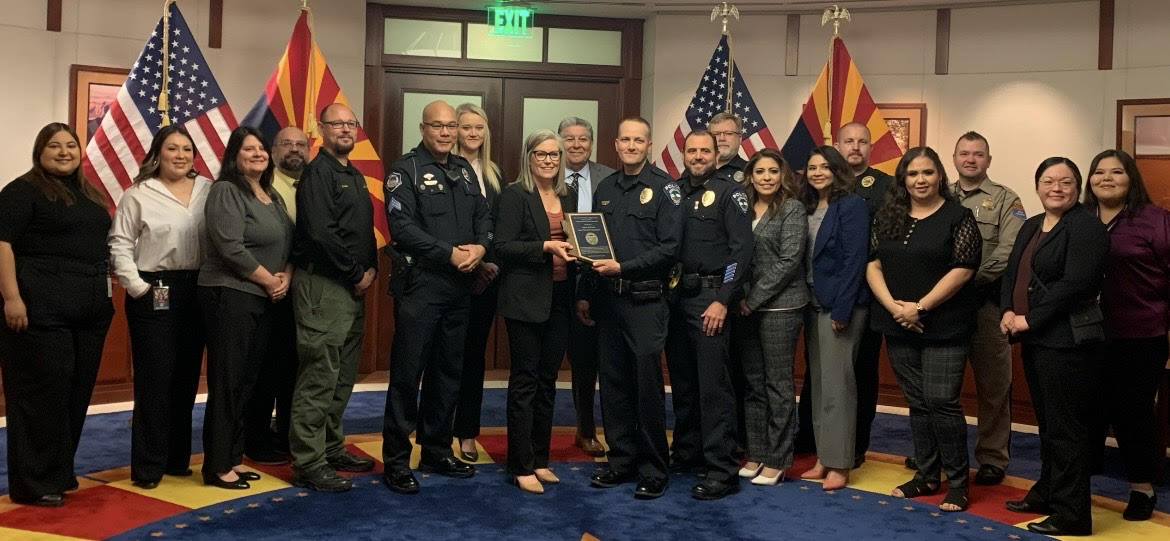About
Mission Statement
Our mission is to create a comprehensive and coordinated approach integrating highway safety programs through leadership, funding, public awareness and community engagement throughout Arizona.
Highway Safety
Highway Safety means the reduction of traffic crashes, deaths, injuries, and property damage resulting there from on public roads. The Arizona Highway Safety Plan (HSP) is developed through annual problem identification and analysis of traffic records, citations, convictions, judicial outcomes, incarcerations, assessments, screening, treatment, prevention, and surveys. Through the Director of the Governor's Office of Highway Safety, a channel of communication and understanding has been developed between the Governor's Office, the Legislature, state agencies, political subdivisions, and activist groups concerning all aspects of the statewide highway safety program. Executive Order 2004-24 designates the GOHS as the State Highway Safety Agency (SHSA) and, as such, the appropriate agency to administer the HSP on behalf of the Governor.

One emphasis of the Highway Safety funding process is to provide "seed" money to develop effective programs that can become operational within a three-year period. If the program(s) are successful, the state or local jurisdiction will establish the program(s) as a permanent responsibility of the jurisdiction.
Problem identification involves the study of relationships between collisions and the characteristics of population, licensed drivers, registered vehicles, and vehicle miles traveled. Drivers can be classified into subgroups according to age, sex, etc. Vehicles can be divided into subgroups according to year, make, body style, etc. Roads can be divided into subgroups according to number of lanes, type of safety, political subdivision, etc. Collisions can be further analyzed in terms of the time, day, and month; age and sex of drivers; primary collision factors; and use of safety equipment.
Other factors also influence motor vehicle collisions and should be considered in conducting comparative analyses between jurisdictions. For example, variations in composition of population, modes of transportation, the highway system, economic conditions, climate, and the effective strength of law enforcement agencies can be influential. The selection of collision comparisons requires the exercise of judgment.